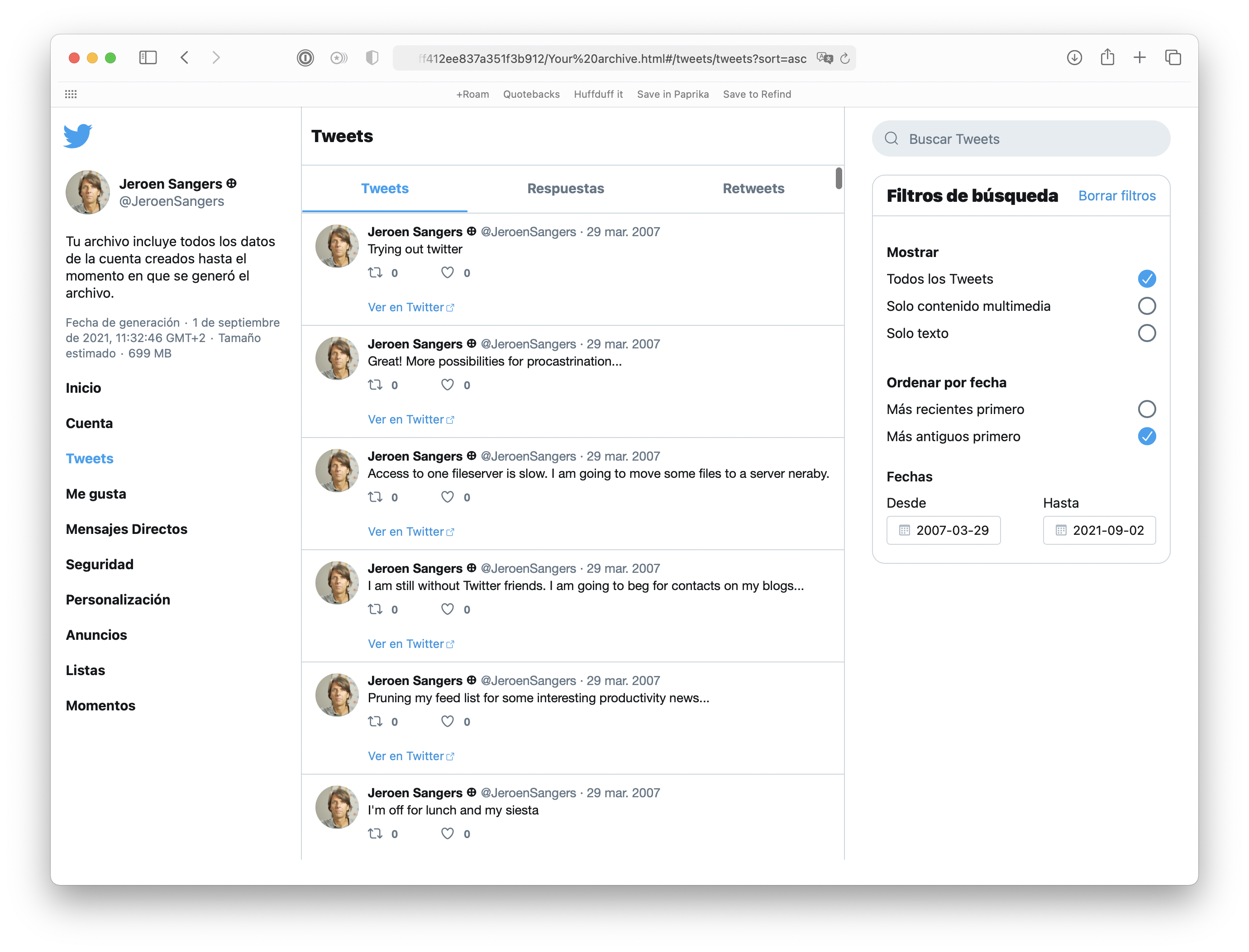A Zettelkasten is an intelligent conversation with my past thoughts
A Zettelkasten is a flexible system in which you write down and connect ideas and thoughts in an organized way. This helps you think better by combining reading and writing. By putting your thoughts on paper, you build a network of knowledge that helps you rediscover and use old insights.
The idea of a Zettelkasten as a conversation partner means that you have an equal relationship with your notes. Your Zettelkasten is a reliable partner that helps you organize and develop your thoughts. In turn, you add new information and insights to the system. This collaboration ensures that your Zettelkasten is not just a place to store things, but also an active part of your thinking process that helps you explore and understand complex ideas.
According to Niklas Luhmann, one cannot think well without writing. Writing helps to clarify differences and important points that are embedded in ideas. By writing, you create a reliable partner in your notes that helps process information consistently. This forms a solid foundation for further developing knowledge. In this way, your Zettelkasten becomes a living archive that helps you grow intellectually.
Related:
- Use your own words to express your own thoughts
- Rephrasing a text helps me to better understand what the author means
- Connect notes to start a conversation with your own thoughts
- Keep essential information in your mind so you can access it quickly without having to look it up
- Reserve quality time for reading; only with full attention can you make the shift from ‘reading for information’ to ‘reading for knowledge’
- When you get stuck, talk to the duck
- Capture your mind wandering while reading; get into a conversation with the author

